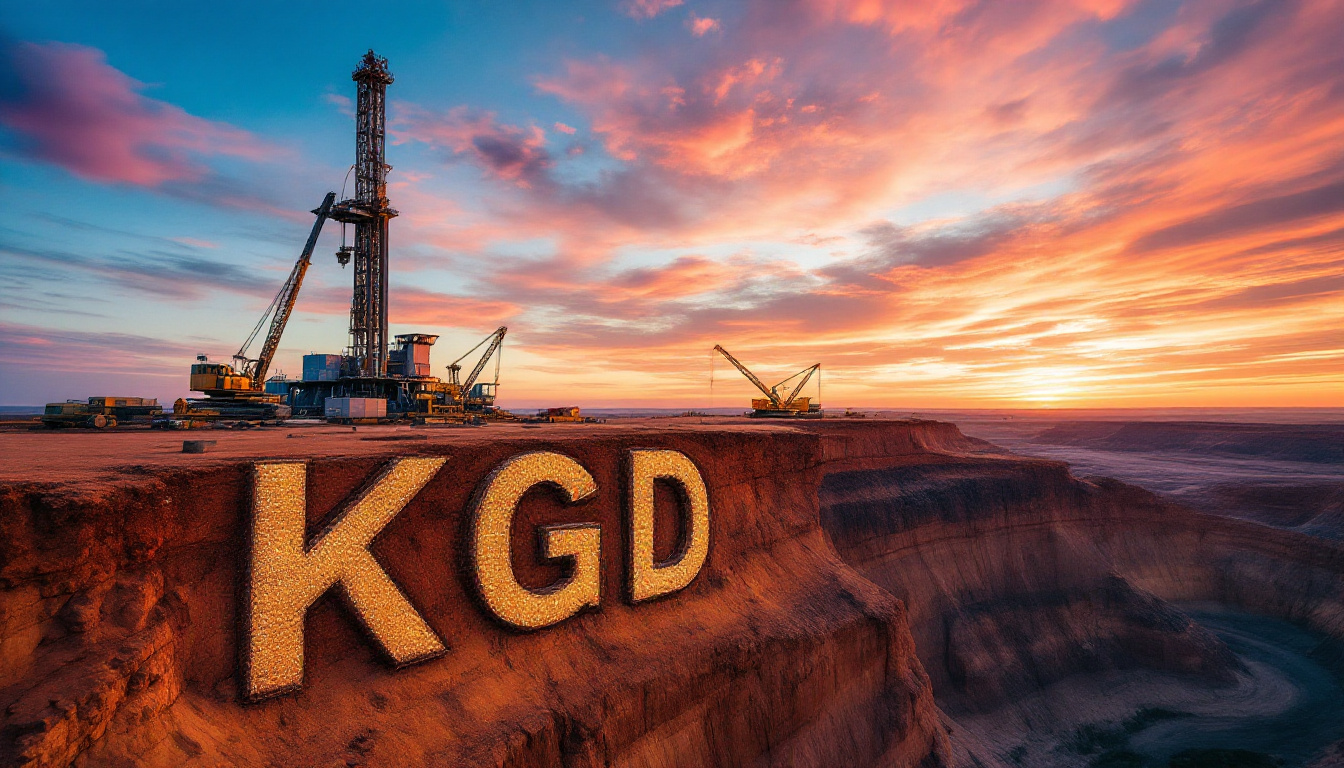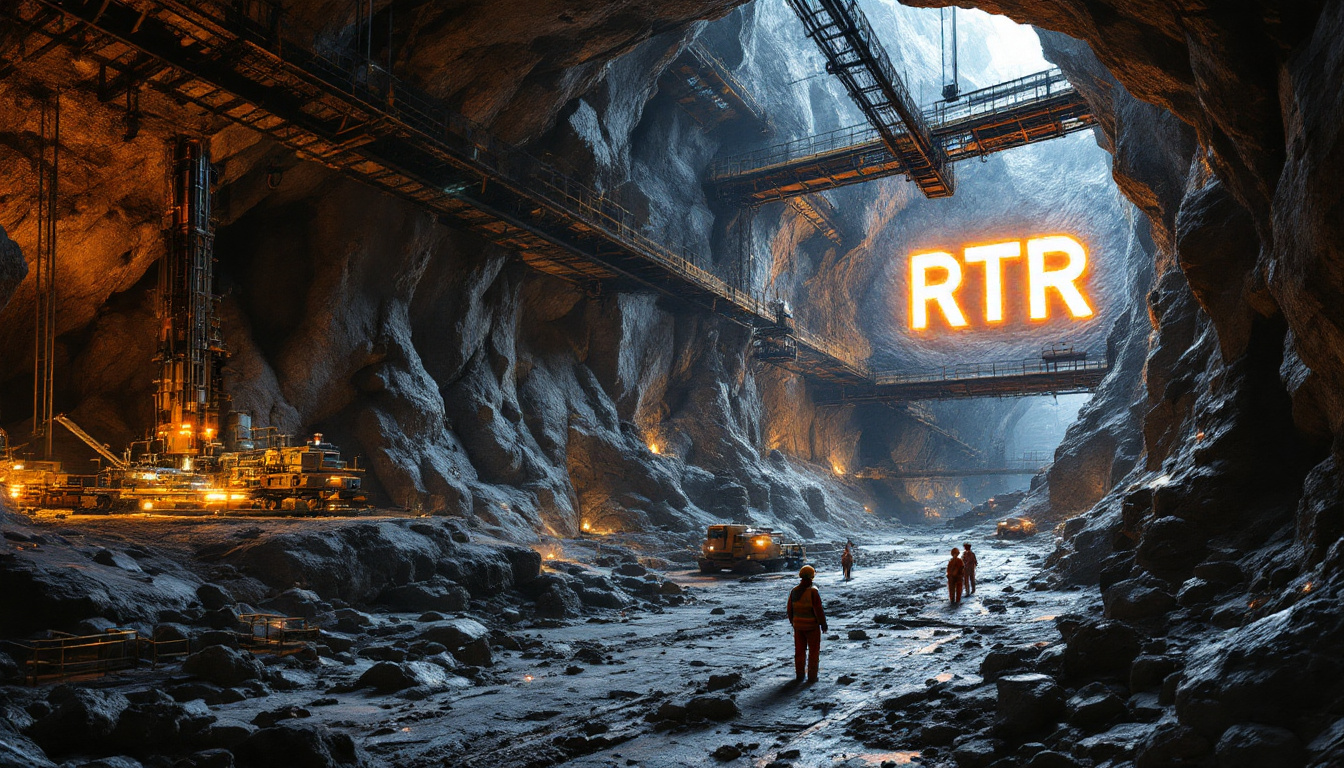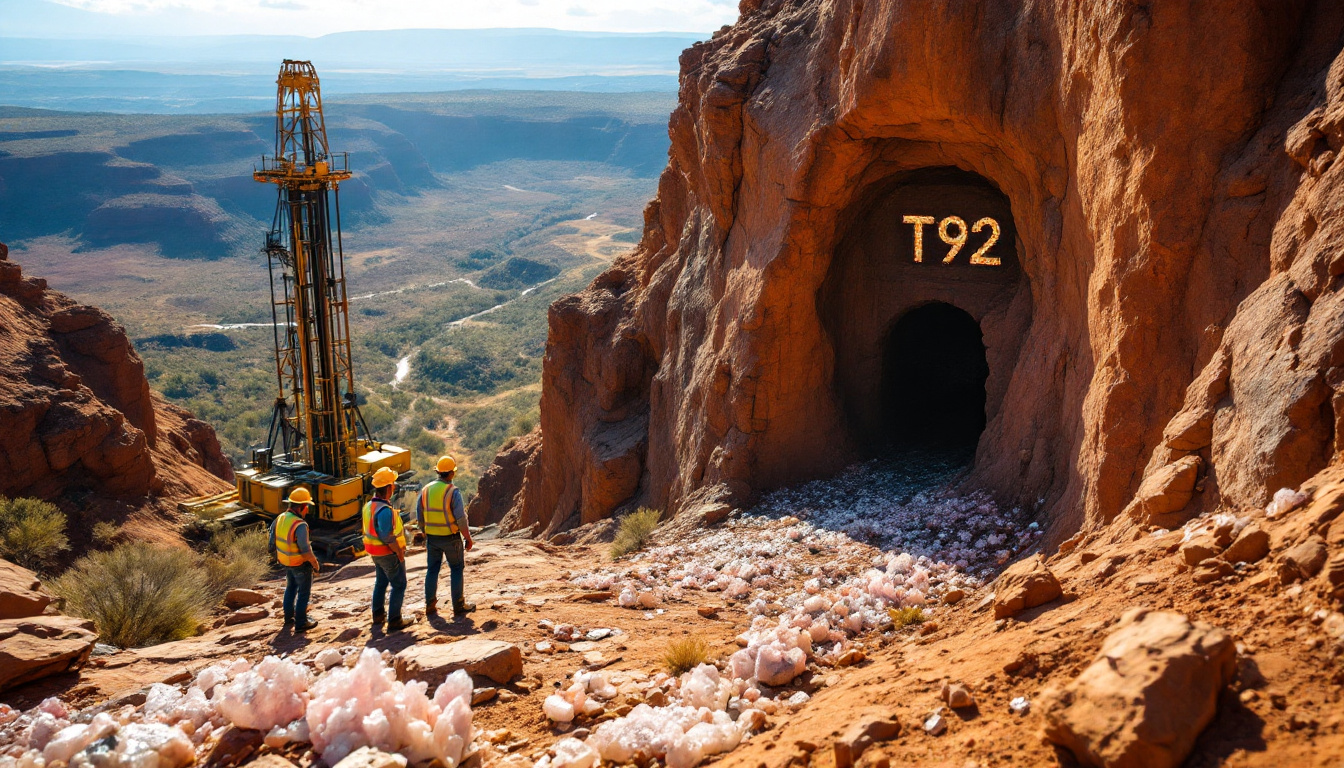Promising New Uranium Exploration Targets Discovered in Australia's Alligator Rivers Province
DevEx Resources (ASX: DEV) has identified several new, large-scale uranium exploration targets surrounding the historical high-grade Nabarlek Uranium Mine in Australia's Northern Territory. The discoveries represent a significant expansion of the company's exploration portfolio in one of the world's premier uranium provinces.
The newly identified targets—including Big Radon, KP, KP North, and Leatherhead Prospects—span several kilometres each and have never been drilled. These substantial prospects are characterised by extensive radon anomalies and/or large alteration footprints that strongly indicate potential uranium mineralisation.
McArthur Basin: Australia's Answer to Canada's Athabasca Basin
The Nabarlek Uranium Project is situated on the northwestern margin of the McArthur Basin within the Alligator Rivers Uranium Province (ARUP). This region is analogous to Canada's world-class Athabasca Basin, which hosts some of the world's most significant uranium mines.
The McArthur Basin boasts an impressive uranium endowment of over 730 million pounds across the region, making it highly prospective for large-scale unconformity-type uranium discoveries.
DevEx's exploration approach has focused on answering a critical question: "Where could a Jabiluka-scale uranium deposit (307 million pounds) be found within the Nabarlek Uranium Project?"
Breakthrough in Target Identification
The identification of these new targets represents the key outcome of a detailed review of various unique exploration datasets collected over the past 50 years since the original discovery of the Nabarlek, Ranger, and Jabiluka Uranium Deposits in the 1970s.
What makes these targets particularly promising is the recognition of extensive kilometre-scale alteration and/or uranium and radon anomalism within the sandstones overlying basement-hosted targets. These characteristics can indicate upward leakage of uranium-bearing hydrothermal fluids and associated alteration caused during the formation of unconformity-type uranium deposits.
Big Radon Prospect: A Standout Target
At the Big Radon Prospect, DevEx has identified an extensive three-kilometre-long Radon Track Etch Anomaly overlying the Nabarlek Fault south of the historical mine. This anomaly is defined by numerous sample points along the north-south fault corridor where sandstones of the McArthur Basin overlie prospective basement rocks.
Supporting the importance of this target, airborne hyperspectral surveys identified pronounced illite clay alteration directly associated with the radon anomaly. The scale and intensity of the anomaly, coupled with the coincident bedrock alteration within the overlying sandstones, suggests significant uranium mineralisation potential beneath the sandstone cover.
KP and KP North Prospects: Strong Indicators of Mineralisation
At the KP Prospect, a strong two-kilometre-long radon anomaly has been identified to the northeast between the historical Nabarlek Mine and the U40 Prospect. The anomaly lies along a northwest trending fault within sandstones of the McArthur Basin.
DevEx's 2024 airborne magnetic and radiometric survey also identified a strong radiometric anomaly in the overlying sandstones, further supporting the potential for strategic opportunities in the uranium market.
At KP North, historical geological mapping recognised a large hematite alteration zone in the overlying sandstones. Follow-up rock-chip sampling within this zone identified highly anomalous uranium results (up to 101 ppm U₃O₈) with no further work completed to date.
Understanding Unconformity-Type Uranium Deposits
What are unconformity-type uranium deposits?
Unconformity-type uranium deposits form at or near the contact (unconformity) between an older basement rock and a younger sedimentary cover rock. These deposits are among the highest-grade uranium deposits in the world.
The exploration model for these deposits relies on identifying key indicators in overlying sandstones that suggest the presence of uranium mineralisation at depth. Both clay alteration (illite and pyrophyllite) and uranium-radon anomalism in the sandstones are considered proximal indicators for buried uranium deposits.
In the Athabasca Basin of Canada, illite clay alteration extends into the overlying sandstones above and adjacent to defined uranium mineralisation. Similar patterns are being observed at DevEx Resources Ltd exploration targets at Nabarlek Project, suggesting significant mineralisation potential.
Next Steps for DevEx
DevEx plans to commence field investigations next month to identify priority areas for drilling, with applications to drill having already been lodged with the regulator. The company will undertake detailed mapping and surface sampling to pinpoint uranium-bearing structures that would assist with understanding mining drilling results when they become available.
Environmental and heritage surveys have been completed at the Big Radon Prospect, and drilling applications have been lodged with the regulator for approval.
Investment Thesis: Significant Exploration Upside
DevEx's Nabarlek Uranium Project offers compelling investment potential for several reasons:
-
World-Class Location: The project is situated in Australia's premier uranium province with a demonstrated endowment of over 730 million pounds of uranium.
-
Multiple Large-Scale Targets: The newly identified prospects each span several kilometres and exhibit geological characteristics similar to major uranium deposits in the region.
-
Historical Context: The project surrounds the historical Nabarlek mine, which was one of Australia's highest-grade uranium mines, providing geological confirmation of the area's potential.
-
Strategic Timing: With uranium prices strengthening and nuclear power gaining recognition as a clean energy source, DevEx is well-positioned to capitalise on favourable market conditions.
-
Methodical Approach: The company is employing sophisticated exploration techniques and leveraging 50 years of historical data to identify the most promising targets.
Why Investors Should Follow DevEx Resources
DevEx Resources presents a compelling opportunity for investors interested in the uranium sector. The company has established a significant position in Australia's premier uranium province and employed modern innovations and opportunities in mining to identify multiple large-scale targets with strong geological indicators of uranium mineralisation.
The scale and quality of the newly identified targets, particularly the Big Radon Prospect with its three-kilometre-long anomaly, suggest potential for major discoveries. With applications to drill already lodged and field investigations set to commence next month, DevEx Resources Ltd exploration targets at Nabarlek Project are positioned for an active exploration programme with potentially significant news flow in the coming months.
For investors seeking exposure to uranium exploration in a tier-one jurisdiction, DevEx Resources offers a combination of high-quality assets, experienced management, and near-term catalysts that make it a company worth watching closely.
DevEx Resources Ltd exploration targets at Nabarlek Project include several large-scale prospects that have never been drilled before, representing an opportunity to discover significant uranium mineralisation in a region known for world-class deposits. The comprehensive approach to target identification, utilising advanced technologies and historical data, demonstrates the company's technical expertise and commitment to understanding the JORC code for mining investments as they progress toward resource definition.
Want to Be First to Know About the Next Major Uranium Discovery?
Discovery Alert's proprietary Discovery IQ model delivers instant notifications when significant uranium discoveries are announced on the ASX, giving you a powerful edge in the market. Explore historic returns from major mineral discoveries by visiting the Discovery Alert discoveries page and start your 30-day free trial today.




